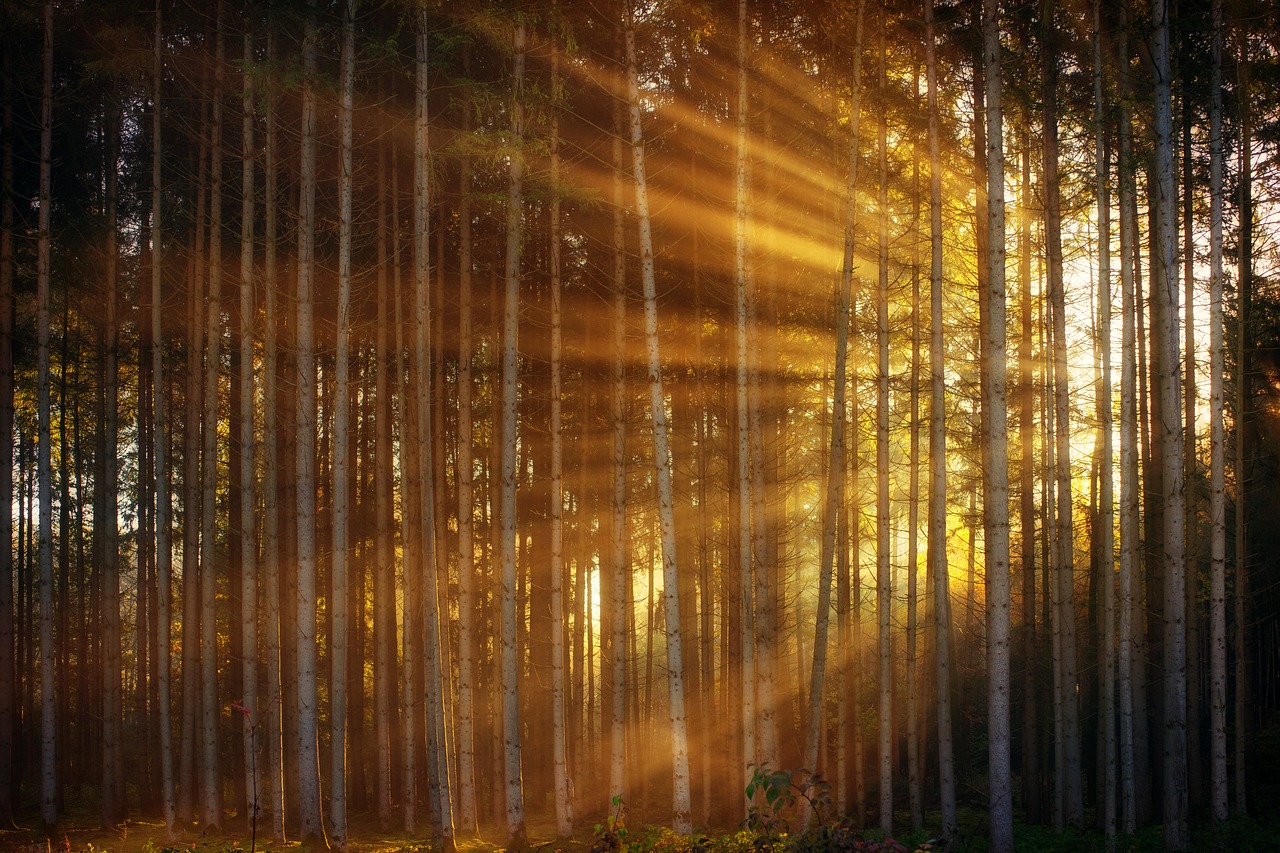
High in the Blue Ridge Mountains of North Carolina, a mysterious phenomenon has captivated locals and visitors for over a century—the Brown Mountain Lights. These unexplained illuminations, seen hovering above Brown Mountain, have inspired countless legends, scientific investigations, and cultural references. The Brown Mountain Lights are a fascinating blend of natural mystery and folklore, embodying the allure of the unexplained.
The History and Origins of the Brown Mountain Lights
Early Sightings
The earliest recorded sightings of the Brown Mountain Lights date back to the late 19th century. Local Cherokee and Catawba legends speak of ghostly lights representing the spirits of maidens searching for their fallen warriors. By the early 20th century, the lights had become a well-documented phenomenon, with numerous reports from locals, hunters, and travelers.
Scientific Investigations
Interest in the Brown Mountain Lights spurred several scientific investigations throughout the 20th century. In 1922, the U.S. Geological Survey conducted a study, concluding that the lights were likely reflections of automobile headlights or locomotive lights. However, this explanation did not satisfy all observers, as sightings were reported long before the advent of automobiles and trains.
Descriptions and Sightings
The Mysterious Lights
Witnesses describe the Brown Mountain Lights as glowing orbs or balls of light, ranging in color from white to red to blue. They appear to hover or move above the mountain, often in a floating or bouncing manner. Sightings typically occur on clear, dry nights and are most frequently reported in the fall.
Notable Sightings
- 1913 Observation: A particularly well-known sighting occurred in 1913 when a fisherman reported seeing the lights while camping near the Linville Gorge. This sighting gained significant attention and led to increased public interest and subsequent investigations.
- Blue Ridge Parkway: Visitors along the Blue Ridge Parkway, particularly at the Wiseman’s View and the Brown Mountain Overlook, often report seeing the lights. These locations provide optimal vantage points for observing the phenomenon.
Theories and Explanations
Natural Explanations
Numerous natural explanations have been proposed for the Brown Mountain Lights, though none have been definitively proven:
- Swamp Gas: Some scientists suggest that the lights could be ignited swamp gas or methane released from the mountain’s vegetation. However, the dry conditions of the sightings argue against this theory.
- Piezoelectric Effect: Another theory involves the piezoelectric effect, where stress on quartz crystals in the mountain generates electrical charges that result in light. This theory aligns with the geological composition of the area but lacks conclusive evidence.
- Atmospheric Reflections: Reflections of lights from distant sources, such as car headlights or campfires, are another potential explanation. The unique atmospheric conditions of the mountainous area could distort and reflect these lights in unusual ways.
Paranormal and Supernatural Explanations
The enigmatic nature of the Brown Mountain Lights has also led to numerous paranormal and supernatural theories:
- Ghost Lights: Some believe the lights are spirits of Native American maidens or Civil War soldiers. These ghost light theories draw on local folklore and the long history of sightings in the area.
- UFOs: The lights have been linked to extraterrestrial activity, with some suggesting they are manifestations of UFOs or alien beings. This theory remains popular among UFO enthusiasts and adds a layer of modern intrigue to the legend.
Cultural Impact and Legacy
Local Folklore
The Brown Mountain Lights have become a central part of local folklore, with stories and legends passed down through generations. These tales contribute to the cultural identity of the region and add to its mystique and allure.
Artistic Inspiration
The phenomenon has inspired numerous works of art, literature, and music. Notably, folk singer Tommy Faile’s song “The Legend of the Brown Mountain Lights” helped popularize the legend in the mid-20th century. The lights have also been featured in novels, documentaries, and television shows, further cementing their place in popular culture.
Tourism and Economic Impact
The Brown Mountain Lights draw many tourists to the area, eager to catch a glimpse of the mysterious phenomenon. This influx of visitors supports local businesses and contributes to the regional economy. Guided tours and informational exhibits offer tourists an opportunity to learn more about the lights and their history.
Conclusion
The Brown Mountain Lights of North Carolina remain one of the most intriguing and enduring mysteries in American folklore. Whether viewed through the lens of science, folklore, or personal experience, the lights continue to captivate and mystify. As long as the lights persist in their eerie dance above Brown Mountain, they will inspire awe and wonder in all who witness them, serving as a reminder of the enduring mysteries that the natural world holds.

